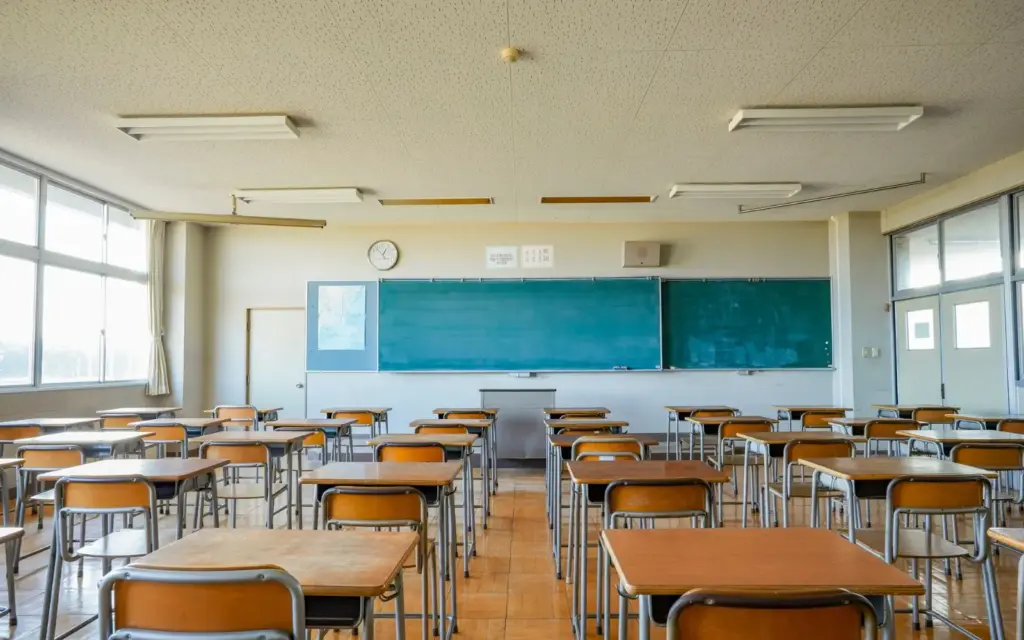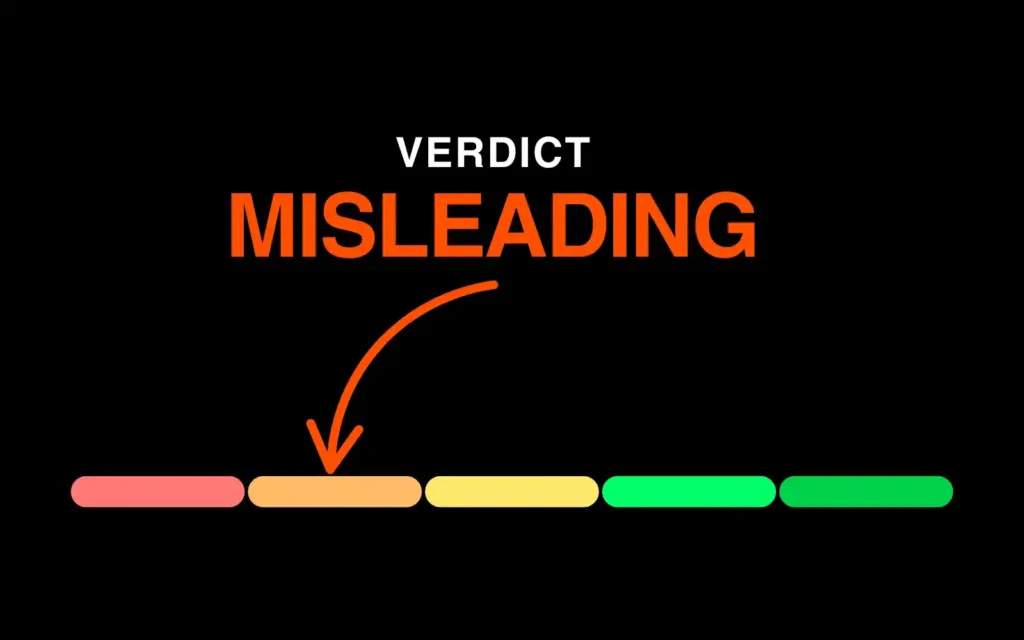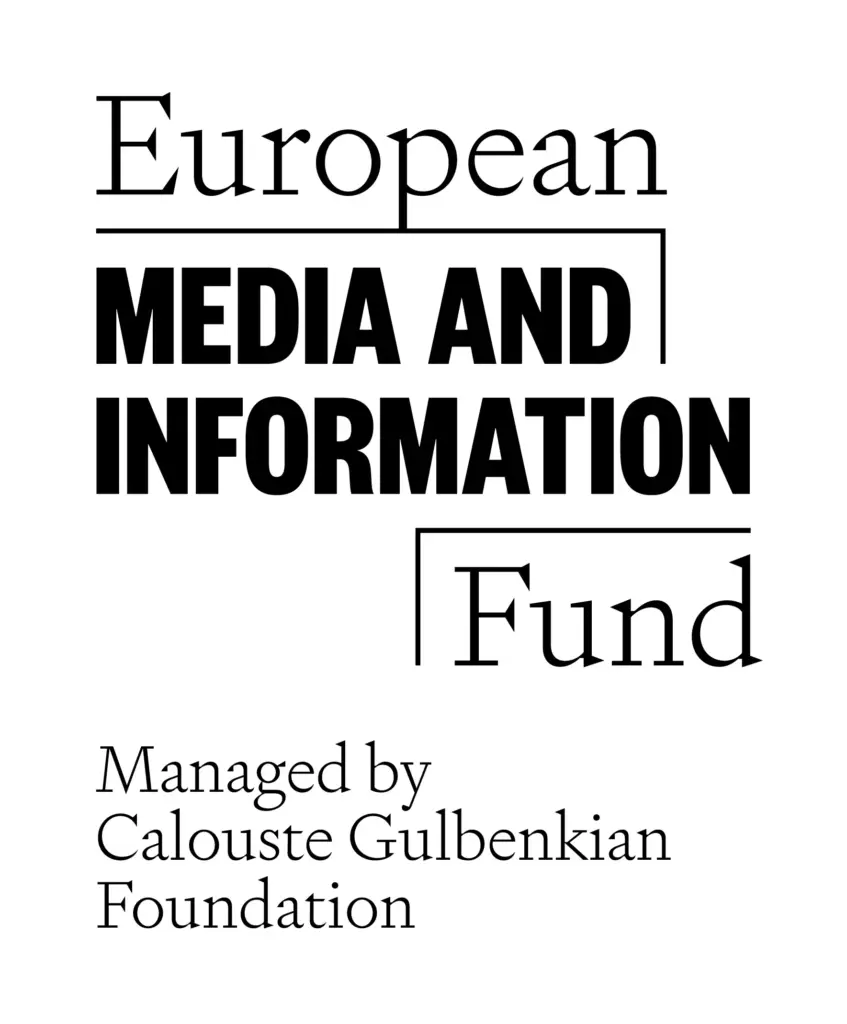- Early school leaving has been sharply reduced: The rate has fallen from 16.7% in 2015 to 9.5% in 2024, nearing the EU target, a significant achievement for Malta.
- Access improved, outcomes uneven: Early school leaving has decreased, and registrations have peaked; however, only 73% of students achieve five SEC passes, and only 42.4% achieve six passes (Grades 1–5) in core academic streams. A-level attainment is stagnating despite high registrations, with around 40–43% of candidates achieving Grades A–C.
- A-level attainment stagnating: At the post-secondary level, registrations remain high, but performance remains static, with only around 40–43% of candidates achieving Grades A–C across A-level and Intermediate subjects. This is below pre-2019 levels, even before accounting for absenteeism.
- Absenteeism is rising across all levels: At A-level, roughly 20% of registered candidates were absent in 2024.
- Substantial disparities exist between school sectors: Students in independent schools (92%) and church schools (84%) significantly outperform those in state schools (58%), revealing persistent inequities despite public investment.
- University shifting towards foreign enrolment: The University of Malta’s local student numbers have dropped, while international students have tripled since 2017.
- MCAST fills gaps but has limitations: It reports an 84% graduate employment rate, although this is mainly in lower- to mid-skill jobs.
- Females outperform males at all educational levels, but they record lower employment rates.
- Skills shortages are widening: key sectors such as ICT, gaming, finance, and maritime rely heavily on foreign expertise, with employers citing skills mismatches and rigid curricula as constraints on innovation.
- International performance stagnant: Malta’s PISA 2022 scores remain below OECD averages in maths, reading, and science, with no progress since 2012, signalling a stalled educational quality.
In September, as the new school year began, Prime Minister Robert Abela said the government would “continue prioritising what is best for our children by maintaining strong investment in the education sector.”
However, the facts suggest a more complex story, one of broad participation and incremental improvement, but with a reduced local presence shadowed by stagnant achievement rates, regional inequities, and worryingly significant skills gaps, as flagged by key industries, which limit Malta’s future readiness.

“Our country must continue preparing a workforce equipped with the skills needed for the future, while remaining at the forefront of innovation, development, and progress,” the Prime Minister stated.

Investment
According to the latest budget estimates, the Ministry of Education’s spending was set at just over €1 billion, roughly 12.3% of total government expenditure.
The share of Malta’s education investment has decreased over the past decade (2013–2023). EU Commission data shows this decline both as a percentage of GDP (from 5.6% to 5.0%) and as a percentage of total government expenditure from 13.6% to 12.7% (now at 12.3%).

These are still above the EU average, but does the rate of investment match performance?
Malta’s Education Performance
Early school leaving, once Malta’s Achilles heel, has dropped dramatically, the third-largest decrease in the EU. The most recent figures put it at 9.5, just above the EU average.
In 2015, one in six young people aged 18 to 24 were leaving school without secondary qualifications. Fast forward to 2024, and the rate was only one in ten on par with education superpower Finland.
O-levels:
The share of 16-year-olds sitting for the Secondary Education Certificate (SEC), or O-level exams, has climbed steadily over the past decade from 78.6% in 2004 to 91.1% in 2024, peaking in 2019 at 94.1% when the government scrapped exam fees.

Around 73.4% of candidates received at least five passes (Grades 1-7), considered the benchmark for completing secondary education. This is down from the peak 85.7% recorded in 2016, with MATSEC putting that down to the rising rates of absenteeism following the exam fee waiver.
The government has sought to address gaps through vocational education, which includes areas such as agribusiness, IT, hospitality, engineering technology, and health and social care. It was introduced in 2017, and in 2024, the percentage of students who took one or more vocational subjects stood at roughly 27.5%.
However, this only speaks to attaining basic qualifications.
In 2024, the latest available data, 42.4% of 16-year-olds achieved six passes between Grades 1-5 in key subjects: English, Maltese, Maths, one Science subject, and two additional subjects. The subjects qualify students for most post-secondary academic streams, from Junior College to University. Pass rates are up from 39% in 2023.

There is a clear disparity between institutions across Malta, with children attending church, independent, and Gozitan schools achieving far better performance outcomes than state school students.
Students who received a minimum of five passes with Grades 1-7:
Independent schools: 92%
Church schools: 84%
Schools in Gozo: 77%
State schools in Malta: 58%
Malta has one of the highest shares of students within private dependent institutions, 27.7%. MaltaToday has reported that prominent political figures and cabinet members, including Malta’s former Prime Minister, have elected to send their children to private or church schools.
A-levels and Intermediates:
The Matriculation Certificate refers to the A-levels and I-levels students take at around 18 years old. The certificate helps determine courses of study at the University of Malta, MCAST and other national and international institutions.

In 2024, 1,383 candidates obtained the Matriculation Certificate, with 1,178 from the 2006 cohort. According to official data (26.9%, roughly one in four 18-year-olds across Malta received their MC (21.1% of males and 33.3% of females).
The total number of registrations stood at 4,585. It has dipped since 2019, when it was 4,919 registrations, but this was when the government introduced measures to waive exam fees.
A separate reform in 2012, which allowed candidates to qualify for the certificate over five year, also boosted registrations. However, reforms have also led to a spike in absenteeism, with an official MC report highlighting both reforms as an issue.

“[Absenteeism] is largely linked to candidates registering for exams before completing their full two-year course, often leaving them unprepared. As a result, candidates may struggle to attend or perform well in their exams, impacting their overall success,” it reads.
In the first session of 2024, around 20.2% of registrants reported absent.
So what about performance?
Around 40.3%-43.4% of all total registrants received As-Cs, lower than all the years recorded between 2019 and 2024. However, 2024 did perform third-best when accounting for absentees.
A full table can be found below:
MC First Session Performance: Grades A to C (2019-2024)
| Year | A-LEVEL | I-LEVEL | A-LEVEL (excl. abs) | I-LEVEL (EXCL. ABS) |
| 2024 | 43.40% | 40.30% | 54.20% | 49.80% |
| 2023 | 45.70% | 43.50% | 59.00% | 54.00% |
| 2022 | 44.80% | 41.60% | 50.20% | 50.90% |
| 2021 | 49.80% | 42.30% | 52.00% | 54.60% |
| 2020 | 48.00% | 41.80% | 49.00% | 42.90% |
| 2019 | 47.80% | 43.70% | 54.30% | 49.00% |
Absenteeism rates complicate direct comparisons of performance with results before 2019.
An analysis of absenteeism rates can be found here:
| A-LEVEL – ABS | I-LEVEL ABSCENCE | |
| 2024 | 15.30% | 12.90% |
| 2023 | 16.50% | 12.40% |
| 2022 | 15.60% | 13.30% |
| 2021 | 14.60% | 12.10% |
| 2020 | 14.40% | 15.50% |
| 2019 | 11.50% | 11.80% |
University of Malta:
The University of Malta (UM) now hosts roughly 12,500 students. Almost 9,600 are local students and roughly 2,900 are international.
The total number of students is less than what it was in 2017 but has been showing an upward trajectory since. However, this is primarily due to the number of international students tripling from 947 to 2,886 in 2024.

The number of local students at the University has actually dropped from 10,831 in 2017 to 9,574 in 2024.
In 2024, 3,730 degrees were awarded, 1577 were undergraduate degrees, and there was a record number of 66 PhDs in a single graduation.
Students by locality: Top 10
| Locality | Number of students |
| Birkirkara | 747 |
| Msida | 623 |
| Mosta | 608 |
| Naxxar | 475 |
| San Ġwann | 456 |
| Attard | 430 |
| St Paul’s Bay | 367 |
| Marsaskala | 362 |
| Sliema | 359 |
| Żurrieq | 345 |
MCAST:
MCAST absorbs many who do not complete the full MC.
In 2010, MCAST celebrated its first 63 graduates with a 63-degree qualification, a milestone marking the start of Malta’s national vocational tertiary system.
By 2023, the latest available data, shows that there were 7,641 registered full-time students, with 2,806 graduates. There were 1,264 part-time students. Minister Clifton Grima said in an annual report that the rate of retention is 94%.
According to a tracer study from 2019, 84% of MCAST graduates find some type of employment.
The Gender Gap: Females Outperform In Education, But Lower Employment
In almost all stages of education, female students outperform males.

Females consistently lead males in youth educational attainment, and this gap is growing. In 2024, the attainment rate was 92.5% for females, compared to 82.9% for males.
They also outpace males in tertiary educational attainment. This gap is also growing. In 2024, 56.8% of those with tertiary attainment were female, compared to 39.9% who were male.
There has been a slight reversal when it comes to lifelong learning. While females had also scored higher than males, this changed in 2024.

Figures from 2024 show:
In O-levels:
- Females have higher registration rates
- Females are more likely to obtain Grades 1,2,3,and 4
- Males are more likely to obtain Grades 5,6,7, and U.
In SEC:
- More females registered.
- 33.3% of female candidates obtained the full certificate.
- 21.1% of male candidates obtained the full certificate.
- Females get more As, Bs, and Cs across A-level and I-level.
- Males are over-represented in subjects like Maths, Computing, Physics and IT.

UM:
- Females made up the majority of graduates (1215 females and 825 males).
- Females made up the majority of PhDs and Master’s graduates (944 females and 588 males).
- Females make up the overwhelming majority of local students (7,645 females, 4,799 males).
MCAST:
- Males make up the majority of students (4,278 males, 3,362 females).
- Males make up 91% of students in the Institute of Engineering andTransport (IET).
- Males make up 86% of students in the Institute of Information and Communication Technology (IICT).
- Females make up the majority at the Institute of Creative Arts (ICA), Institute of Applied Sciences (IAS), and Institute of Community Services (ICS).
Yet, female employment rates remain lower across all age groups. That gap is narrowest in the 15-24 age cohort (52.8% to 48.5%) – and there still remains a 12% margin in the 25-54 cohort.
Education vs Employment
Despite performances or educational attainment, the National Employment Policy notes that “employers are seeking either more targeted or highly specialised skills than those readily available, even amongst MCAST and University of Malta (UoM) ICT graduates”.

The OECD also considers that Malta “faces labour and skills shortages, skills mismatches, and a high share of adults with low levels of skill”.
“A coherent system for producing and interpreting skills intelligence is yet to be developed in Malta,” the European Centre for the Development of Vocational Training said in 2023, citing employers’ feedback that “lack of appropriate skills is a threat to Malta’s economic growth”.
Today, key industries such as gaming employ significantly more foreigners than local residents, heavily relying on imported expertise and contributing to international migration.

In 2024, the Malta Gaming Authority stated that “barriers such as a lack of relevant qualifications and work experience persist” in the gambling industry. The financial services sector is also experiencing an “ongoing skills shortage”.
In 2023 Malta’s Central Bank argued that “educational and labour market policy should be redirected to address skill shortages, especially for highly specialised skills”. However, as noted in an Malta Financial Services Authority (MFSA) publication in 2021, “the educational system may be too rigid to accommodate the need for individual creativity to blossom and for innovation to be set free from a constrained thinking box.”
Malta Chamber recently issued a statement calling Malta’s current economic landscape marked by “low productivity”.
Malta’s performance vs EU’s:
Malta’s education system performs below the EU and OECD averages in most international benchmarks, though it has made notable progress in equity and participation.
In the PISA 2022 assessment, 15-year-old students in Malta scored below the OECD average in mathematics, reading, and science. Notably, there was no recorded improvement or decline in scores from 2012, hinting at stagnation.
The shortfall is particularly pronounced in reading, with the gap from the OECD average at 10%.

The overall pupil-teacher ratio stood at 9.0 pupils per teacher during academic year 2022-2023. The highest ratio was recorded in private schools, at 12.0 pupils per teacher, whereas the lowest ratio was in State schools at 8.1 pupils per teacher (Table 7). The EU average is 13.4.
Educational attainment levels among the total working-age population continue to lag behind those of most EU countries. Malta has one of the highest shares of people with a low level of education in the entire EU at roughly 35% but it is a similar trend to other Mediterranean countries like Italy, Spain and Portugal.
When it comes to expected years of schooling, which is the average number of years a child can expect to spend in school or university, Malta ranks 48th globally at 16, but below Cyprus, Italy and many other EU countries.
When it comes to the average number of years of education, Malta ranked 33rd globally, behind Cyprus and Luxembourg.

The Prime Minister’s claim overstates Malta’s current position: access is strong; outcomes and skills alignment are not.
Malta has drastically reduced early school leavers, but is still slightly behind the EU’s target of 9%, set for 2030. MCAST and vocational educational training have also addressed gaps.
Education performance, despite significant continued investment, has stagnated; while absenteeism continues to grow, with almost one in six students sitting for their A-levels failing to even attend the session.
Meanwhile, there remain clear disparities in equity for educational outcomes. State school students are less likely to receive their basic qualifications than their independent, church and Gozitan counterparts – despite the significant spending.
Females, despite outperforming their male counterparts in education, continue to have less access to employment.
And while the number of registrations have grown, this is just about covering the base. Priority sectors, like the maritime sector, finance and gambling are flagging skills shortages. Employers are warning that the issue will put economic growth at risk.
In this context, the Prime Minister’s statement that Malta is preparing a workforce equipped with the skills needed for the future is misleading.

This project is supported by the European Media and Information Fund. The sole responsibility for any content supported by the European Media and Information Fund lies with the authors and it may not necessarily reflect the positions of the EMIF and the Fund Partners, the Calouste Gulbenkian Foundation and the European University Institute.

